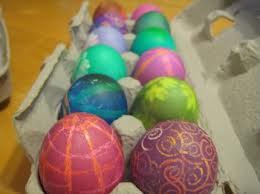Eating more fresh fruits and vegetables is good for your health. The United States Department of Agriculture (USDA) recommends eating at least five servings of fruits or veggies each day. To parents this seems like a dishearten duty, but teaching children about the importance of eating fruits and vegetables and getting creative in the preparation and presentation of these foods will make it easier on the parents.
The following tips can help make fruit and veggies time fun for children:
- Let children be involved in preparing fruits and veggies
- Take them with you to the grocery shop, let the children pick new fruit or veggies
- Make fruit or veggie smoothie
- Make fruit or veggie Popsicle
- Make designs or faces on fruit or vegetable for snacks and meals.
- Pick a color of the day for the fruits and veggies
- Plant a garden, let the child pick out the seeds and have them help plant the garden. Have the child help harvest the vegetables and use it to cook.
Be creative!








